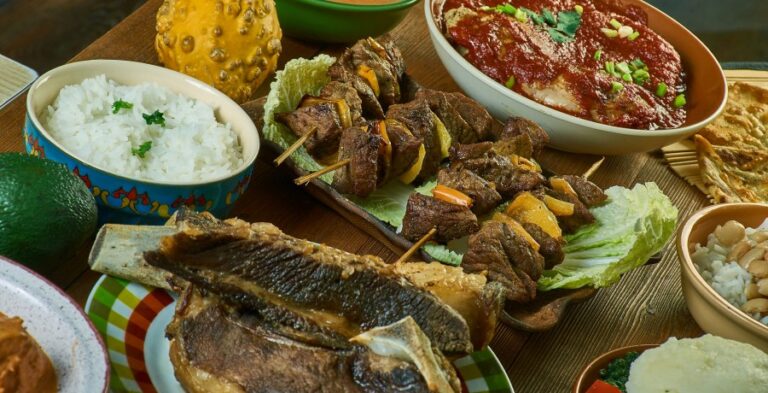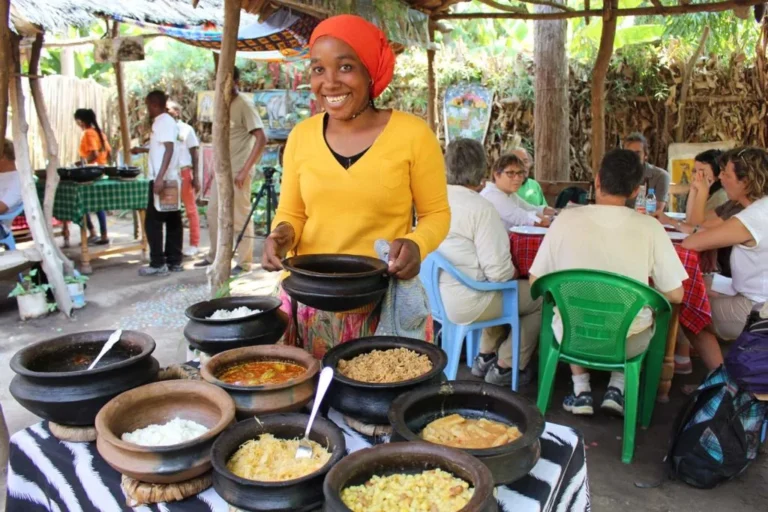Introduction: The Sweet Side of Switzerland
Switzerland is famous for many things – its stunning landscapes, high-quality watches, and of course, its delicious chocolate. But did you know that Switzerland has a rich tradition of creating delectable desserts? Swiss desserts are a reflection of the country’s cultural diversity and are deeply rooted in history. From creamy chocolate creations to fruity tarts, Swiss desserts are sure to satisfy any sweet tooth.
Rich in Tradition: Swiss Desserts Through the Ages
Swiss desserts have a long and storied history. Many of them were created by nuns in convents during medieval times, and have been enjoyed by generations of Swiss people ever since. One such dessert is the Basler Läckerli, a hard, spiced cookie that dates back to the 14th century. Another popular Swiss dessert is the Zuger Kirschtorte, a rich, cherry-filled cake that has been a favorite since the 1920s. Swiss desserts also often feature seasonal ingredients, such as the chestnut-filled Mont-Blanc cake that is a staple during the fall.
The Role of Chocolate: Swiss Treats with a Chocolate Twist
When it comes to Swiss desserts, it is impossible to ignore the country’s most famous export – chocolate. Switzerland has been producing chocolate since the 19th century, and today it is known worldwide for its high-quality chocolate products. Swiss chocolate is often incorporated into desserts, such as chocolate mousse or truffles. The classic Swiss dessert, the chocolate fondue, is another example of how chocolate is central to Swiss cuisine.
A Regional Affair: The Diversity of Swiss Desserts
Switzerland is a small country, but it has a surprisingly diverse range of desserts. Each region of Switzerland has its own unique specialties. For example, in the French-speaking part of the country, you’ll find the Cuchaule, a sweet bread made with saffron and served with butter and honey. In the German-speaking part of Switzerland, you’ll find the famous Linzer Torte, a tart filled with raspberry jam. Swiss desserts are also influenced by neighboring countries – the Italian influence can be seen in the popular dessert, Tiramisu.
A Matter of Texture: Comparing Swiss and European Desserts
Swiss desserts are known for their rich, creamy textures. This is due in part to the country’s love of dairy products, which are used in many Swiss desserts. European desserts, on the other hand, often feature lighter, fluffier textures. For example, French desserts such as macarons or mille-feuille have delicate layers and airy textures. However, both Swiss and European desserts share a commitment to using high-quality ingredients and traditional techniques.
A Sweet Finish: The Importance of Dessert in Swiss Cuisine
In Swiss culture, dessert is more than just a sweet treat at the end of a meal – it is a way of showcasing the country’s culinary traditions and hospitality. Dessert is often served with coffee or tea, and is a time for friends and family to gather and enjoy each other’s company. Swiss desserts are often associated with special occasions, such as Christmas or birthdays. In short, dessert is a vital part of Swiss cuisine, and is an experience that should not be missed!







